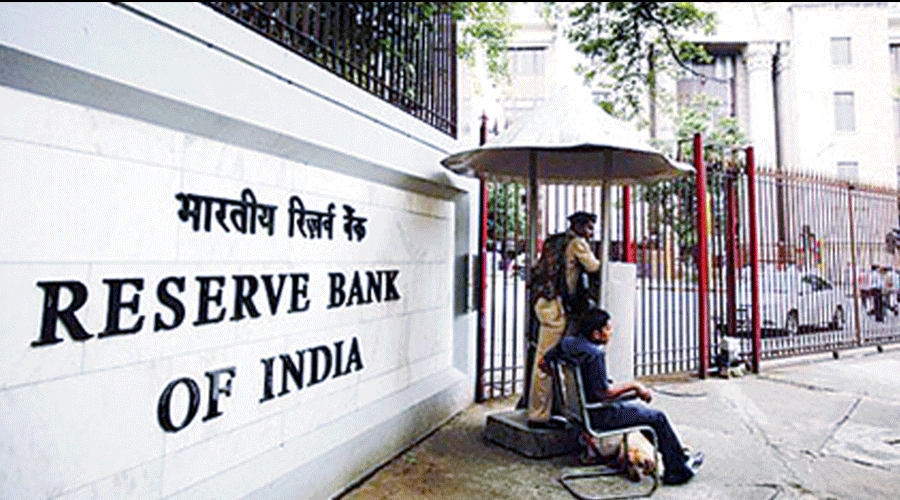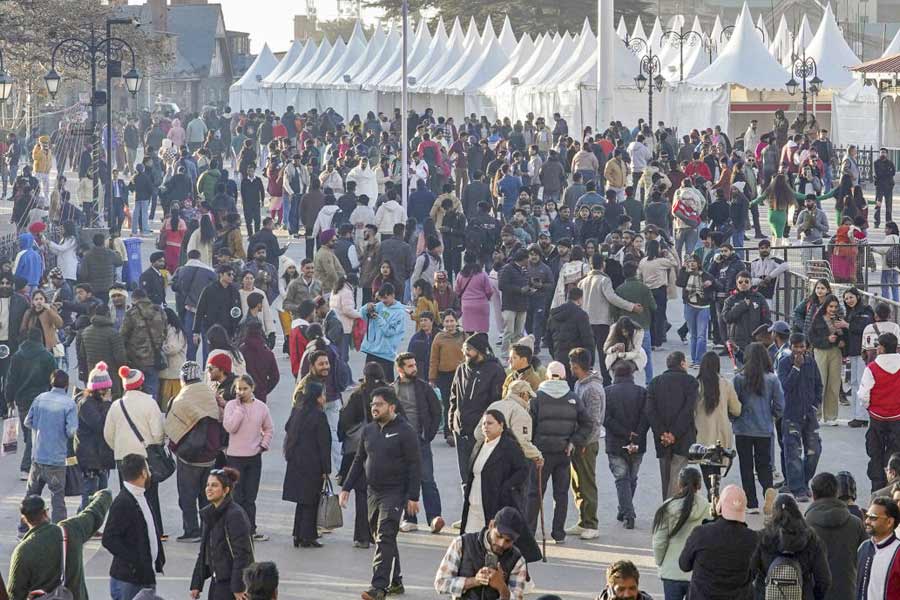The persistently high inflation warrants appropriate policy responses by the Reserve Bank of India to anchor expectations going forward, according to an RBI article released on Thursday.
The article indicates that there may be a scenario where interest rates will go up to tame inflation that continues to remain at elevated levels.
Retail inflation based on the Consumer Price Index (CPI) eased to 6.71 per cent in July but remained above RBI's tolerance level for the seventh month in a row. The central bank has been tasked by the government to ensure that retail inflation remains within the range of 2-6 per cent.
"Inflation has edged down, but its persistence at elevated levels warrants appropriate policy responses to anchor expectations going forward," said the article published in RBI's latest bulletin.
RBI has increased the benchmark lending rate (repo) thrice in four months by 140 basis points to tame inflation, which remains above its tolerance level since January 2022.
The article on the 'State of the Economy' has been authored by a team led by RBI Deputy Governor Michael Debabrata Patra. RBI said the views expressed in the article are those of the authors and do not necessarily represent the views of the central bank.
According to the article, imported inflation pressure points remain the overarching risk followed by pending pass-through of input costs if producers regain pricing power, and wages.
Yet, some risks have turned down -- commodity prices, especially of crude; supply chain pressures; revving up of monsoon activity due to the depression in the Bay of Bengal, it noted.
"... perhaps the most heartening development in recent times has been the easing of inflation in July 2022 by 30 basis points from June 2022 and an appreciable 60 basis points from the average of 7.3 percent for Q1:2022-23. This has validated our hypothesis that inflation peaked in April 2022," the article said.
Another "heartening development", it said is the return of capital flows to India after a hiatus when the appetite of portfolio flows to Emerging Market Economies (EMEs) deteriorated as the US dollar appreciated breathlessly with the US Fed accelerating its hiking cycle.
The authors of the article said India is becoming a preferred destination for portfolio flows -- in August so far, equity and debt segments recorded net inflows of USD 4.4 billion and 0.3 billion, respectively.
While striking a note of caution on "these fickle flows", the article said, "India is cautiously returning to be the flavour of this season's portfolio flows, with inflows of USD 5 billion up to August 12, 2022. The market value of portfolio investments in India stood at USD 623.8 billion on August 12, 2022".
Further, the article said India is poised to sustain a growth differential vis-a-vis the rest of the world on the basis of several fundamental factors -- a demographic dividend, expansion in the availability of capital, financialisation of savings as retail participation in capital markets grows, a sounder and fitter banking system with stronger balance sheets, and a return to profitability.
"India's time has arrived. We must seize the initiative with both hands," the authors said.
At USD 573 billion, foreign exchange reserves on August 5, 2022 were equivalent to 9.4 months of imports projected for 2022-23.
In the foreign exchange market, the strengthening US dollar continued to put pressure on EME currencies.
On average, the Indian rupee depreciated 1.9 per cent against the US dollar (m-o-m) in July even as the US dollar index appreciated by 2.9 per cent.
Nevertheless, the Indian rupee performed better than most major EME currencies, the article said.











